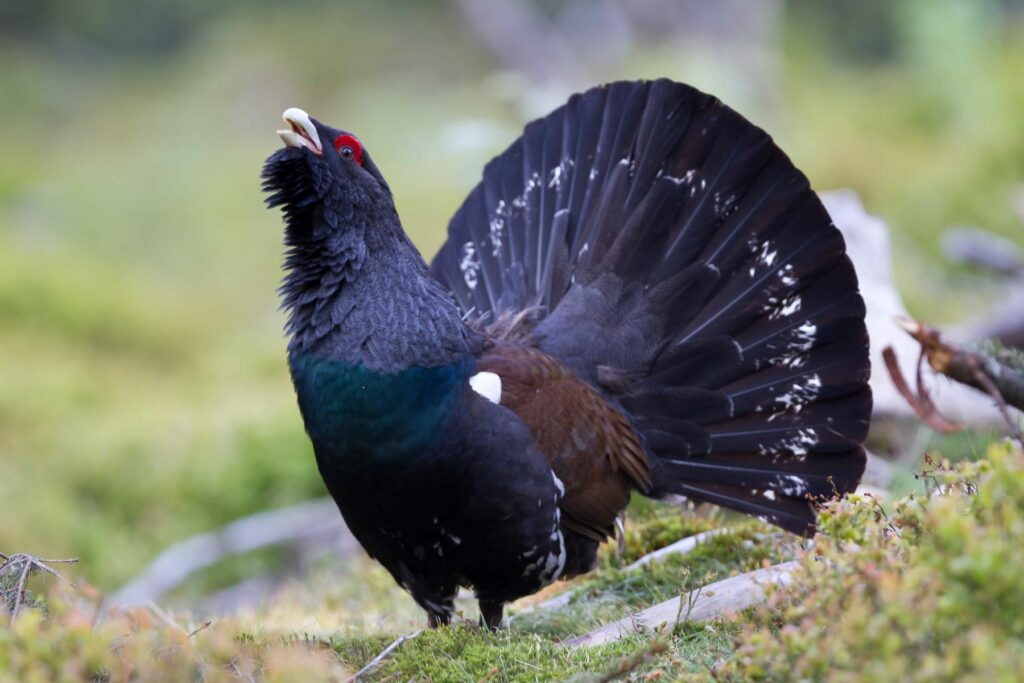Archaeologists have discovered cut marks on bird bones found in a cave near Namur, indicating that Neanderthals consumed various bird species and made tools from some of the bones, the Royal Belgian Institute of Natural Sciences announced on Tuesday.
The bones were found in the Scladina cave. This is only the second site that shows evidence of Neanderthals using bird bones to make tools.
The cave, located in the Meuse Valley near Andenne, is renowned for the "Child of Sclayn" – an eight-year-old Neanderthal girl’s lower jaw, part of the upper jaw, and teeth excavated between 1990 and 2006.
Excavations at the site have been ongoing since the 1980s, yielding remains of animals such as cave bears, wolves, cave hyenas, and birds. Neanderthals had birds like the capercaillie, black grouse, and cormorant on their menu.
Archaeozoologist Quentin Goffette from the Institute of Natural Sciences noted that catching small, agile animals is not easy. "This is why it was previously believed that Neanderthals only hunted larger animals and that modern humans were the first to catch birds and smaller fauna. However, our study confirms previous research that Neanderthals’ hunting techniques were refined enough to capture small prey."
Cut marks were found on seven, possibly eight, bone specimens, with one showing evidence beyond mere meat removal. A capercaillie radius bone exhibited two deep incisions, indicating bone working, and a polished end.
Analysis by TraceoLab at the University of Liège showed that the object had been used, with the polish likely resulting from friction with soft organic material. The tool dates back about 130,000 years, during the penultimate ice age.
Researchers from the Institute of Natural Sciences, TraceoLab, and the Scladina Cave Archaeological Centre studied 119 bird remains for this discovery.

